Research
I am an ecosystem scientist, interested in how organisms interact with their physical environment as well as among each other, and how these interactions change over space and time. My study focus lies on the ecology of plant communities. Why does a plant occur in a particular spot, but not in another? How does its presence affect its neighbouring plants, or animals that use it as food or shelter? What are the consequences for the abiotic conditions and the processes that happen around it – locally as well as on larger scales? These are just some of the questions I am trying to answer through my work.
Human actions have altered almost every natural process on Earth, and most of them are changing in dramatic and rapid fashion. Our future and the future of all life depend on that we understand more and more about how these changes will affect the shape and functioning of ecosystems, and how their effects can be mitigated.
My research activities focus on alpine and Arctic regions. The surprising richness of life even in the most exposed and remote locations is a fascinating riddle that still has many aspects to solve. Yet, these environments are seeing exceptionally high rates of change, which brings a particular urgency to understand the processes that shape alpine and Arctic biodiversity in order to enable its preservation.
I am currently a postdoctoral researcher in the Ecology group within the Department of Environmental Sciences at University of Basel, Switzerland, working with Prof. Sabine Rumpf. Please see this page for details on my current work.
Projects
Alpine plant communities are highly diverse, but also especially impacted by climate warming. In my current project, I am using fine-scale, long-term models of plant-relevant temperature to identi-fy distinct microhabitats that could help them persist, and to explain current spatial patterns of alpine plant diversity.
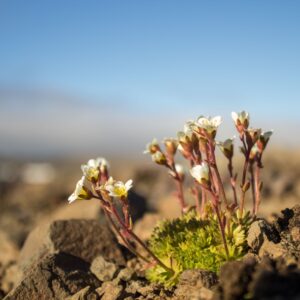
Microclimate describes fine-scale climatic conditions as the organisms experience them. By addressing why, and how much, these differ from the surrounding macroclimate, we can better predict how life on Earth will respond to climate and environmental changes in the future.
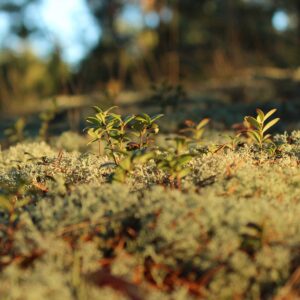
In this field course, we are addressing causes and consequences of variation in functional composition of grassland communities along an elevational gradient in the Peruvian Andes. Our projects looks at the role of fire in shaping trait variation along the gradient, and what determines trait variation within species.
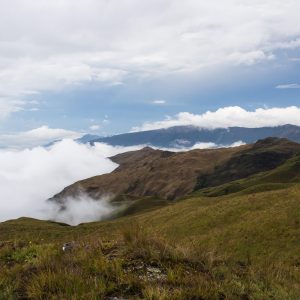
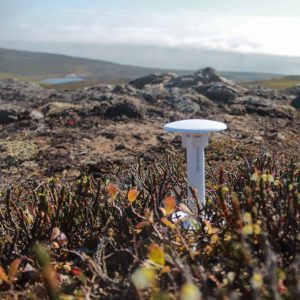
In my PhD research, I addressed poten-tial vegetation changes in the Arctic tundra, how they might alter micro-climatic conditions at different scales, and what possible consequences for the fragile ecosystem might be. This topic remains at the centre of my interest and is ongoing in several working groups.
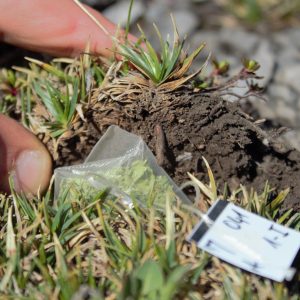
Using ordinary tea bags, I investigated the effect of small-scale environmental variation on the decomposition dynamics of leaf litter – on high-alpine mountain summits in Switzerland during my Masters project, and in the Arctic tundra of Western Greenland as part of my PhD research.
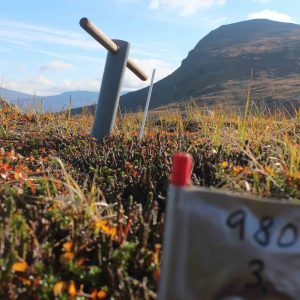
As part of a field course during my exchange semester in Northern Sweden, we explored root biomass patterns in heath communities along an elevational gradient.
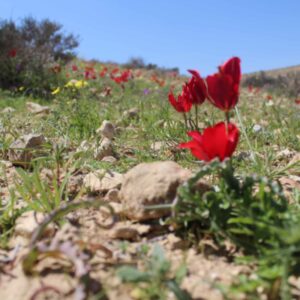
In my Bachelor project, I studied the role of parental effects on plant interactions in communities from the Negev desert in Israel.